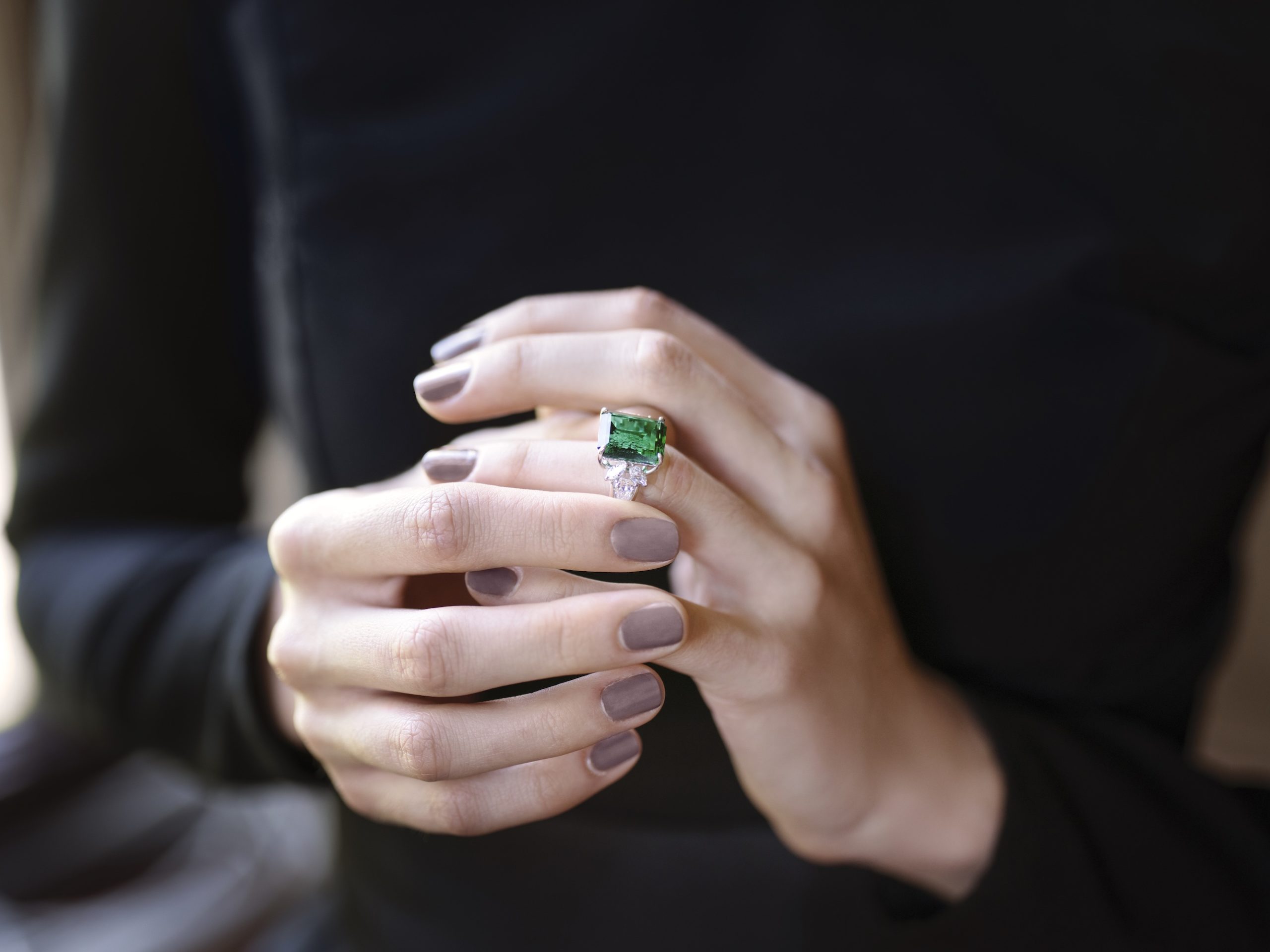Ciro Jewelry’s Century-long Sustainability Tradition Finds Strong Following With Customers
The reborn jeweler has changed the industry by bringing perfect and affordable pieces

The habit of adorning a human body dates back to the most ancient registered find of shell beads on Mount Carmel in today’s Israel 100,000 years ago. As a display of status, wealth, symbolism, or protection, jewelry has been part of our lives for millennia. At different epochs and in different parts of the world, various attributes were used as personal ornaments such as rings, bracelets, necklaces, or other bodily inserts made of precious metals, gemstones, or other materials. Adorn oneself is in human nature and, though with modifications, the habit is there to stay with the human race forever, taking unknown forms in the future, most probably chips.
The history is rich in dramatic stories of famous jewels fraught with destruction and misfortune. So known are the stories of ancient warlords waging bloody battles, royals suffering agonizing deaths, ruined fortunes, destroyed careers, and marriages —all in the name of a sparkling or cursed gemstone. Diamonds are in part responsible for those misfortunes, the gems that are famous for their eternal luster, unabating timeless beauty, exorbitant price, and sometimes murky origins. The latter, however, has been in part mitigated due to the advent of lab—or man-made—diamonds. On many occasions, diamonds have come under heavy fire due to the poor mining conditions, human rights abuse, and other appalling practices involved in their mining. However, the jewelry industry has evolved over the years bringing new materials into existence. Standing out among them is cubic zirconia (CZ), the most popular diamond alternative. Cubic zirconia has made the fashion industry more sustainable and eco-friendly.
Ciro Jewelry has been in step with the hottest trends in the fashion industry since the opening in 1917 of its first store in London that traded in imitation pearls. In the 1920s, Ciro opened its flagship costume jewelry store on Wilshire Boulevard, immediately becoming hugely popular among the Hollywood fashionista crowd. A momentous breakthrough took place in 1937 when two German mineralogists—V. Stackelberg and K. Chudoba—discovered the cubic form of zirconium oxide. However, the two scientists did not think the mineral was important enough to name it formally. Finally, in the 1970s, Russian scientists found a way to make this natural diamond’s twin in a laboratory. Cubic zirconia, however, caught on with jewelers only in the 1980s. Ciro was among the first jewelry companies to introduce and patent the CIROlit, its triple-A ranked cubic zirconia, a flawless stone free of inclusions and comparable to diamonds in brilliance and crystal clarity. The stone is available from Ciro in all common cuts— Asscher, princess, and pear.
After a series of ownership changes, the brand was reborn in 2006 in Germany and Austria. With three collections—the Black Tie, for classic occasions, First Love, and Cocktail, which experiments with new designs and shapes—Ciro caters to all client groups and a variety of tastes. In addition to CZ, Ciro uses a wide range of other synthetic stones in all collections, such as moissanite, corundum, nanoglass, and the increasingly popular labdiamond. All collections are comparable in style, design, and craftsmanship with Chopard, Cartier, Escada, and other big jewelry brands yet come at a fraction of their price.
The reborn Ciro Jewelry has changed the jewelry industry dominated by mined diamonds by bringing a perfect and affordable alternative that has been gaining traction among sustainability patrons. To learn more about Ciro, visit their website or follow them on Instagram.
Discover More
